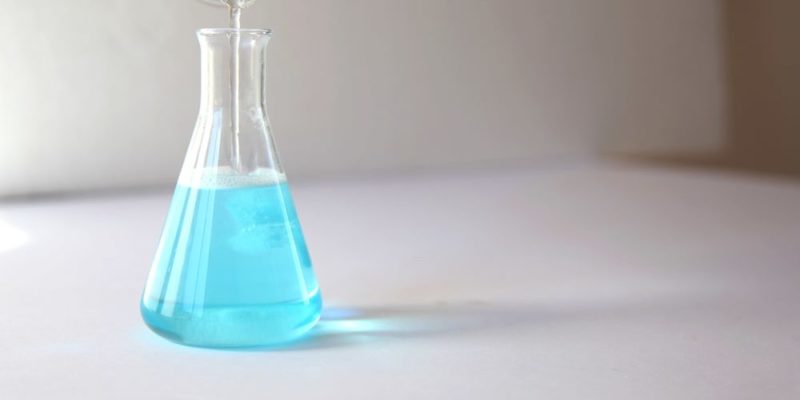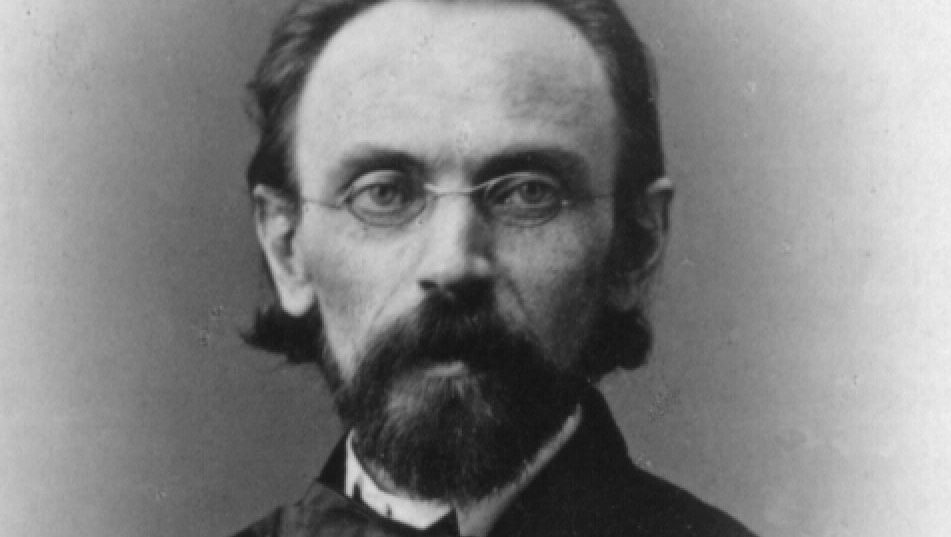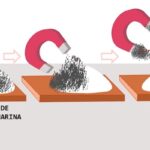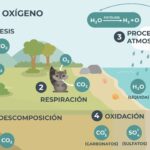We explain what an Erlenmeyer flask is, how it is used in a laboratory and its characteristics. Also, who was Emil Erlenmeyer.

What is an Erlenmeyer flask?
The Erlenmeyer flask (also called Erlenmeyer flask or chemical extreme synthesis flask) is a type of glass container widely used in laboratories chemistry, physics, biology, medicine and/or other scientific specialties. It is a container for liquid or solid substances of different nature.
The name of this instrument comes from its creator, the German chemist Emil Erlenmeyer (1825-1909). It is a transparent glass container, often with graduation on the side equipped with a wide neck, ideal for the use of caps, but narrower than the bottom of the container.
Generally the Erlenmeyer flask is used to store substances that are not affected by sunlight. It is ideal for stirring mixtures since its shape prevents liquid spillage, which is particularly important when handling volatile or corrosive elements.
Can also be used for heating substances at high temperatures for controlled evaporation or for the preparation of culture broths in medicine and microbiology.
Its long neck is ideal for holding with tweezers or potholders. In many cases it is more suitable than traditional test tubes, especially because its flat bottom allows it to rest quietly, or to place it on tripods, lighters and other surfaces.
It is not usually used, however, for the thorough preparation of liquid mixtures, since its gradation is usually imprecise. It is used only as a reference value.
See also: Watch glass
Biography of Emil Erlenmeyer

The German chemist Richard August Carl Emil Erlenmeyer, born June 28, 1825, in Taunusstein, Germany. He studied medicine in Giessen and worked as a pharmacist during the following years, as well as in the field of fertilizers together with Robert Bunsen.
He was a professor at the Munich Polytechnic Institute between 1863 and 1883, where he made important contributions regarding the chemical synthesis of numerous compounds. He invented the flask that bears his name in 1861.
He proposed the formula for naphthalene that is currently known, in addition to contributing to the synthesis of a numerous group of organic compounds.
He was one of the first chemistry students to adopt the system of atomic valences. In 1880 he formulated the Erlenmeyer Rule on the conversion of alkenes into aldehydes or ketones. He died in Aschaffenburg in 1909, and his son Friedrich Gustav Carl Emil Erlenmeyer continued his work for years.
Continue with: Scientific experimentation
References
- “Erlenmeyer flask” on Wikipedia.
- “Emil Erlenmeyer” on Wikipedia.
- “Erlenmeyer flask” at TP Chemical Laboratory.
- “Erlenmeyer Flask” (video) in Breaking Vlad.
- “Erlenmeyer flask – what it is used for” on net.
- “Erlenmeyer Flask” at the National Museum of American History.





